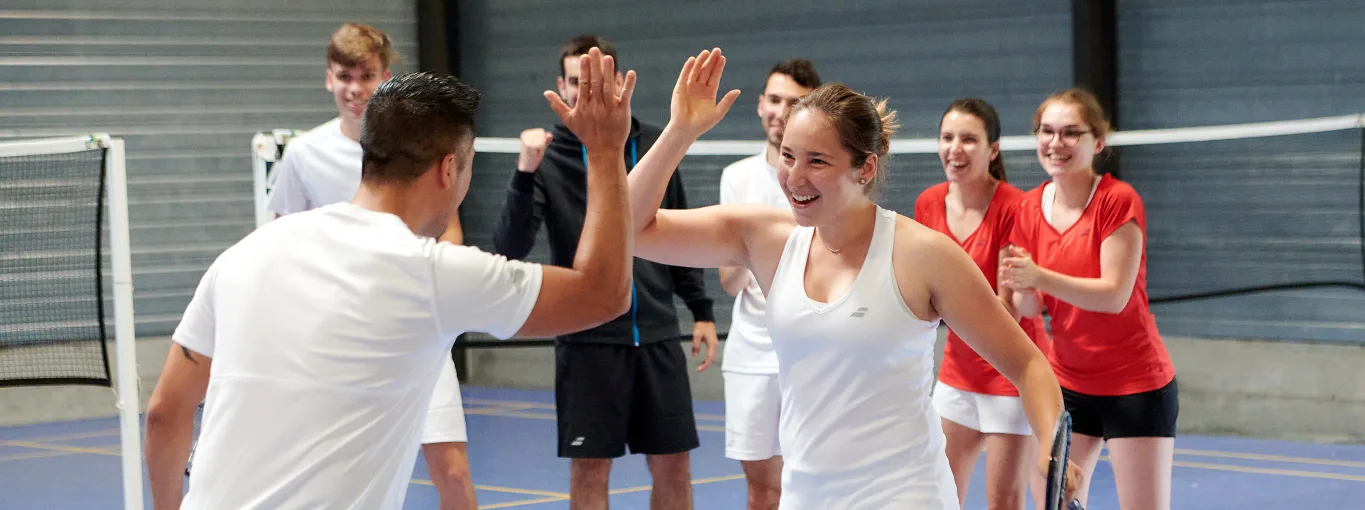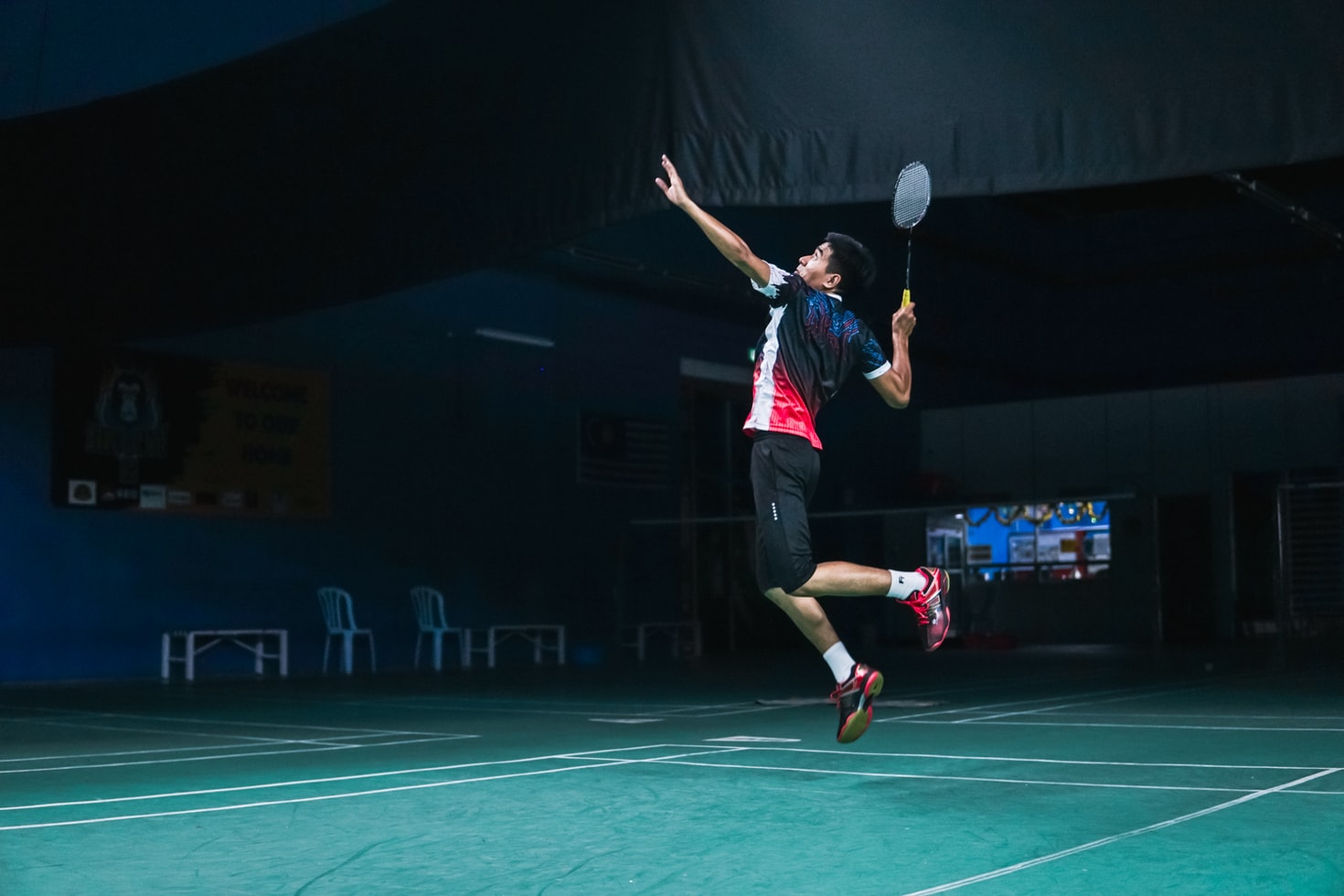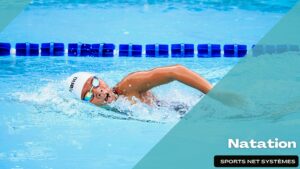BADMINTON Specific Strength and Conditioning Workout for Athletes | Training & Exercises|
Try these progressions and build your way up to the full workouts. Here are specific workouts. For each workout I’ve included a couple ideas on modifications. Start with what you’re able to do and make a plan to work your way up to this level – it won’t happen overnight but it won’t happen at all if you never begin!

Strength and conditioning for Badminton
Strength and Conditioning : – Specific workout
Try these progressions and build your way up to the full workouts. Here are specific workouts. For each workout I’ve included a couple ideas on modifications. Start with what you’re able to do and make a plan to work your way up to this level – it won’t happen overnight but it won’t happen at all if you never begin!
The Best Strength Training for Badminton : – Badminton players need to possess a variety of fitness capabilities to be successful. Cardiovascular fitness, flexibility, agility, power and strength are all desirable traits that can be developed with regular training. Strength training for badminton should be as sports specific as possible, and your program should reflect the demands of your sport while still leaving sufficient time and energy for playing practice .
Badminton is a racquet sport played by either two opposing players (singles) or two opposing pairs (doubles), who take positions on opposite halves of a rectangular court that is divided by a net. Players score points by striking a shuttlecock with their racquet so that it passes over the net and lands in their opponents’ half of the court. Each side may only strike the shuttlecock once before it passes over the net. A rally ends once the shuttlecock has struck the floor.
The shuttlecock (or shuttle) is a feathered projectile whose unique aerodynamic properties cause it to fly differently than the balls used in most racquet sports; in particular, the feathers create much higher drag, causing the shuttlecock to decelerate more rapidly than a ball. Shuttlecocks have a much higher top speed, when compared to other racquet sports. Because shuttlecock flight is affected by wind, competitive badminton is played indoors. Badminton is also played outdoors as a casual recreational activity, often as a garden or beach game.
Since 1992, badminton has been an Olympic sport with five events: men’s and women’s singles, men’s and women’s doubles, and mixed doubles, in which each pair consists of a man and a woman. At high levels of play, especially in singles, the sport demands excellent fitness: players require aerobic stamina, agility, explosive strength, speed and precision. It is also a technical sport, requiring good motor coordination and the development of sophisticated racquet movements. …. »in wikipedia badminton«
The Strength Demands of Badminton
Strength, according to the National Strength and Conditioning Association, can be categorized in a number of ways: absolute strength refers to the maximum amount of force a muscle or muscle group can develop; strength endurance refers to the ability to perform a high volume of sub-maximal contractions without fatigue; and speed strength, which is better known as power, is strength expressed at speed.
The low weight of modern badminton racquets and the low inertia of the shuttlecock means that badminton has a relatively low demand for absolute strength. However, badminton players will benefit from increasing their strength endurance and speed strength.
Strength-Training Modalities
You can develop strength endurance and speed strength by using a variety of strength-training equipment. Free weights such as dumbbells, barbells and kettle bells, resistance-training machines, rubber resistance bands, medicine balls and body weight exercises are all effective strength-training modalities.
Regardless of the type of strength training you perform, begin each workout with some light cardio and stretching to warm up, and finish each workout with more stretching to minimize muscle soreness and promote flexibility.
Major Muscles Used in Badminton
Badminton involves a lot of lunging movements, which engages the quadriceps and hamstring muscles of the thigh as well as the gluteus maximus or butt muscles. The adductors and abductors, located on the inside and outside of your thighs, respectively, are also heavily involved, especially when you lunge in multiple directions.
Badminton also involves lots of twisting and reaching movements, which place a significant demand on your core muscles—your abs, waist and lower back. Hitting the shuttlecock uses the muscles of the chest, back and shoulder, and the degree of involvement depends on the shot being played.
Strength-Training Exercises for Badminton
There are a number of exercises that you can perform to increase your strength for badminton. Forward, sideways and backward lunges with or without weights will help develop lower body strength, as will squats, leg extensions, leg curls and leg presses. Develop power to increase your court speed and vertical jumping ability by performing split squat jumps and squat jumps.
To improve your upper body strength, perform shoulder presses, lat pull downs, chest presses and rows. Like most racquet sports, badminton players are prone to developing rotator cuff problems. To minimize your risk of developing rotator cuff problems, you should perform medial and lateral shoulder rotation exercises using dumbbells, cables or resistance bands.
Developing a Strength-Training Program
Because strength training is one of a variety of fitness components that need to be addressed in your program, make the most of your training time by performing compound exercises that exercise multiple muscle groups. This approach means that you can train all of your major muscles using a minimal number of exercises in a single exercise session performed once or twice a week.
Build each workout around lower body and core exercises as these are the dominant muscle groups used in badminton, and also include exercises for the upper body. To combine upper and lower body work into the same exercise, perform complex exercises such as front squats combined with shoulder presses or lunges with biceps curls. This will further reduce your strength-training time and allow you to focus on other elements of your sport.
« Essentials of Strength Training and Conditioning »; National Strength and Conditioning Association; 2008
« Designing Resistance Training Programs »; Steven Fleck and William Kraemer; 2003
« Fundamental Weight Training »; David Sandler; 2010
« Designing Resistance Training Programs »; Steven J. Fleck and William J. Kraemer; 2003








